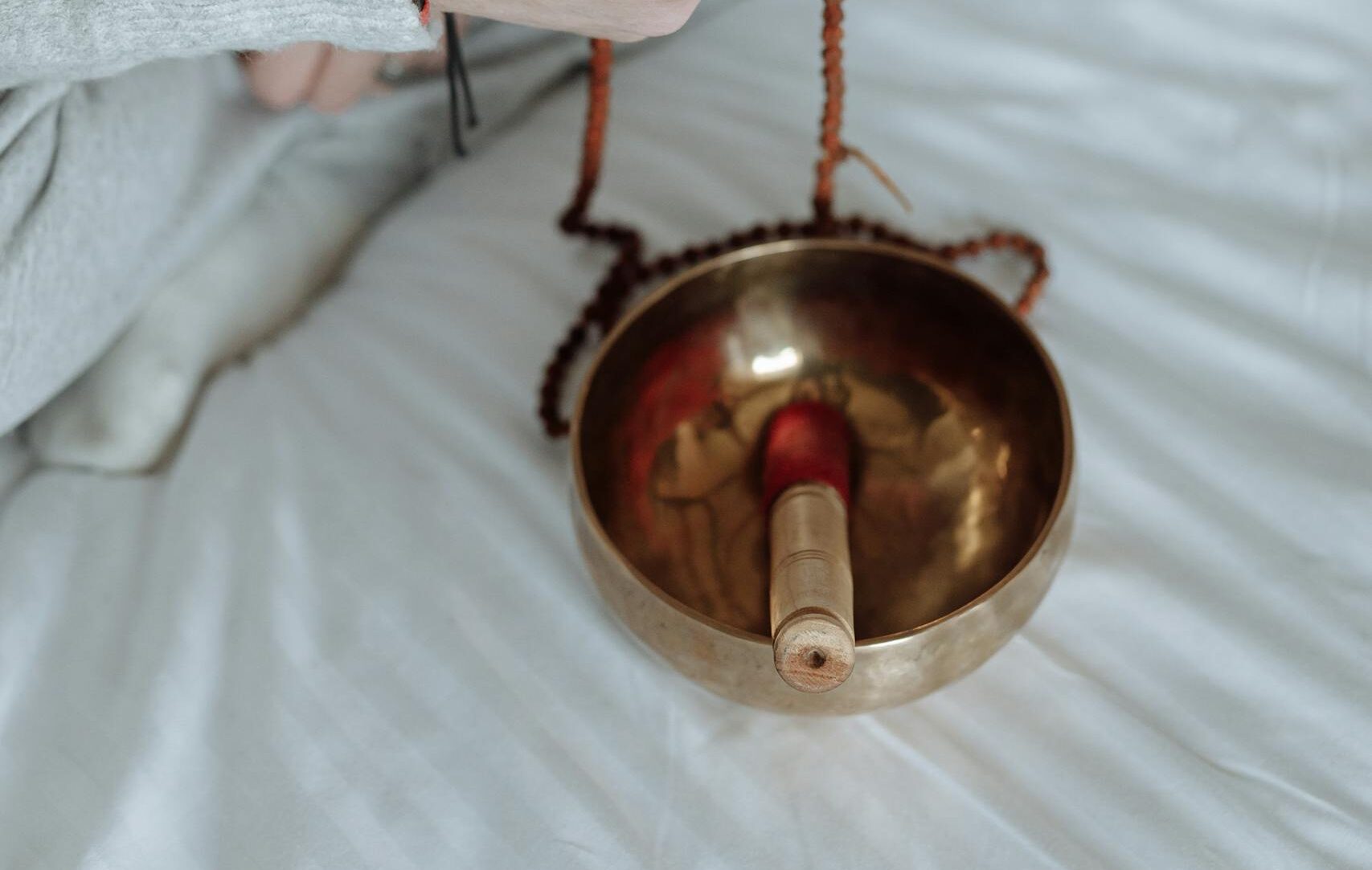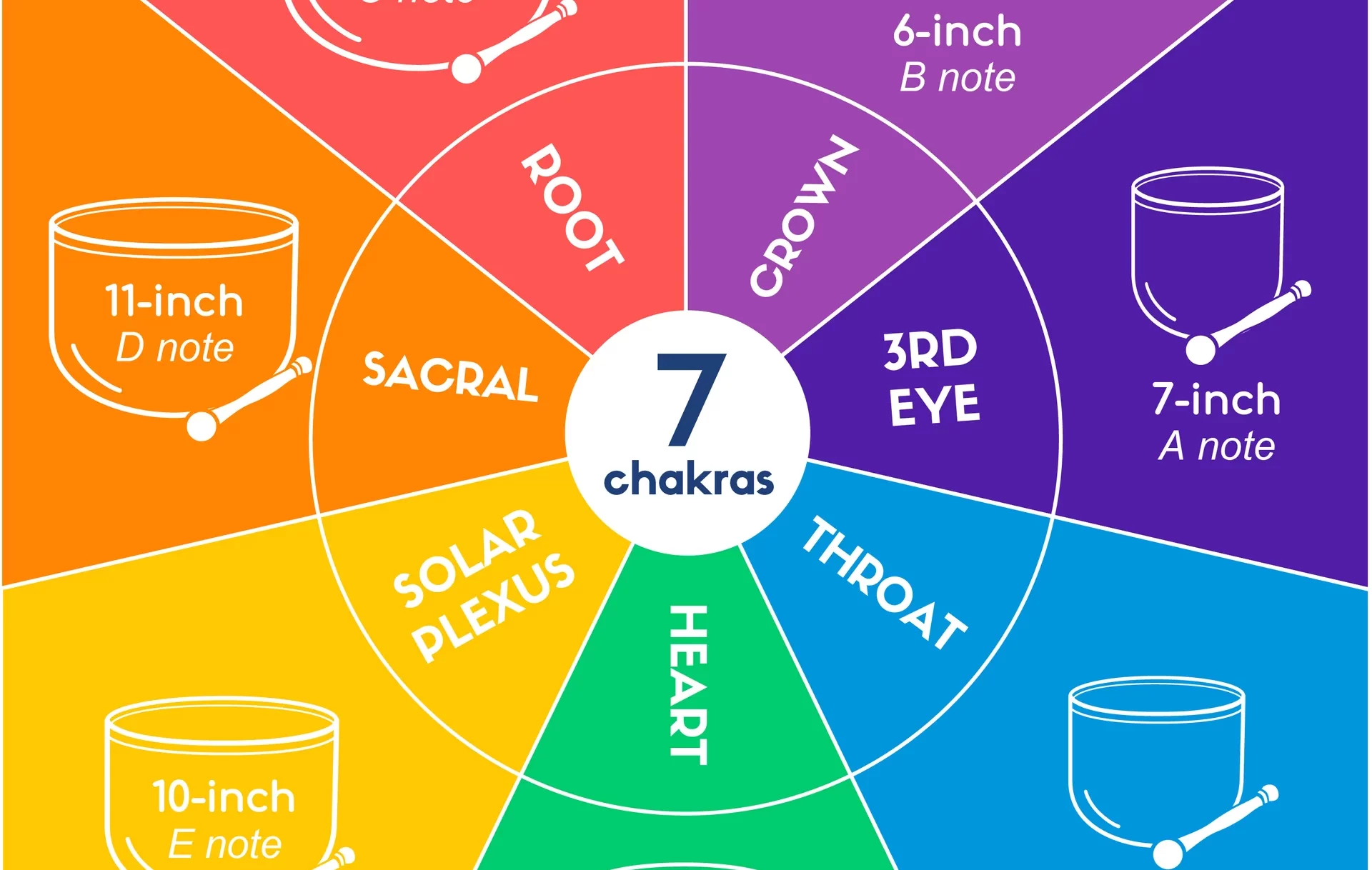This is the magic of a singing bowl, an ancient instrument revered for its ability to heal, balance, and transform. Originating in the Himalayas, these bowls have been used for centuries in meditation, rituals, and holistic therapies. In this guide, we’ll explore the science, history, and profound healing powers of these instruments—and how you can harness their energy for mind, body, and soul.
What Are Singing Bowls?
A singing bowl is a type of bell, traditionally crafted from a blend of metals like copper, tin, and silver. When struck or circled with a mallet, it produces rich, harmonic tones that linger in the air. There are two main types:
- Tibetan Bowls: Hand-hammered, often linked to Buddhist practices.
- Crystal Bowls: Made from quartz, associated with modern sound healing.
Historians believe these instruments date back over 5,000 years, used in rituals across Tibet, Nepal, and India. Today, they’re embraced worldwide for their therapeutic properties.
The Science Behind Their Healing
Sound therapy isn’t just mystical—it’s rooted in science. Here’s how singing bowls work their magic:
- Brainwave Entrainment: The vibrations synchronize with brainwaves, shifting you from beta (stress) to alpha/theta (relaxation) states.
- Resonance: Sound waves interact with your body’s cells, promoting energy flow and releasing tension.
- Binaural Beats: Layered tones create frequencies that enhance meditation and focus.
Healing Benefits
1. Stress & Anxiety Relief
The vibrations activate the parasympathetic nervous system, lowering cortisol levels and easing anxiety. Studies show just 12 minutes of sound therapy can reduce tension by 25%.
2. Pain Management
Sound waves may disrupt pain signals and boost endorphins. Chronic pain sufferers often report relief after sessions with Tibetan bowls.
3. Chakra Balancing
Each frequency aligns with one of the body’s seven chakras. For example:
- Root Chakra (C note): Grounding and stability.
- Heart Chakra (F note): Emotional healing.
4. Improved Sleep
The calming tones quiet mental chatter, making them ideal for insomnia or restless nights.
5. Spiritual Awakening
Many users describe heightened intuition and clarity during sound baths.
How to Use One: A Step-by-Step Guide
- Hold It: Place the bowl on your palm or a cushion.
- Strike or Circle: Use a mallet to tap the edge or glide it clockwise around the rim.
- Focus on Breath: Inhale deeply as the sound swells; exhale as it fades.
- Set Intentions: Visualize stress dissolving or energy flowing freely.
Pro Tip: Start with short 5–10 minute sessions and gradually increase.
Choosing the Right Bowl
- Material:
- Metal: Warm, earthy tones (ideal for traditionalists).
- Crystal: Clear, high-pitched notes (great for chakra work).
- Size: Smaller bowls (5–7 inches) for travel; larger ones (10+ inches) for deeper resonance.
- Authenticity: Buy from reputable sellers—handcrafted Tibetan versions are often antique.
FAQs: Demystified
Q: Can anyone use a singing bowl?
A: Yes! No experience needed. Let intuition guide you.
Q: How do I clean mine?
A: Wipe with a soft cloth. Avoid water—it can damage metal.
Q: Are there side effects?
A: Rare. Some feel lightheaded initially—drink water and rest.
Q: Can they help with depression?
A: They’re not a cure, but many find the vibrations uplifting alongside professional care.
Q: How much does a good one cost?
A: 50–50–300. Handmade Tibetan bowls are pricier; crystal starts around $100.
Conclusion: Let the Sound Heal You
A singing bowl is more than an instrument—it’s a bridge between ancient wisdom and modern wellness. Whether you’re seeking stress relief, spiritual growth, or simply a moment of peace, these tools offer a timeless way to harmonize your energy. As you explore their healing powers, remember: the truest magic lies in the stillness between the notes.
Ready to begin? Strike the bowl, close your eyes, and let the sound carry you home.







0 Comments